Search results
130 results found.
Influences of Media & Pop Culture on Our Worldview.
130 results found.
On one side, we see life through the lens of media. We see love stories, we see excitement, we see happy endings. Then there is reality where there are life scarring break ups, daily boredom that drives you mad, and people who are not very happy with where there life is going. We watch, see what we want, expect our lives to be pan out in a similar way and when it doesn’t.. we can easily become discontent with what we have now. Why don’t I have this? Why don’t I live like that?
Last week I wrote a blog post on media’s affect on sexual freedom and how media glorifies the promiscuous, carefree lifestyle and how it has impacted our views on the merits of abstinence. Well on the other side of this lifestyle is the dark realities that go often unspoken. Scarred hearts, ruined lives, loss of trust in people after being hurt, and the big ones such as STDS and Abortion. The real life consequences that for some reason TV shows don’t like to highlight and if it does, the problem somehow wraps up in 30 minutes or an hour and all is good at the end.
There is a site called “abortionchangesyou.com” that has stories of real people and their real experience dealing with the emotional consequences of abortion. Some speak for themselves, others for a loved one. Either way its a stark reality check that life isn’t as simple as the fictional stories we see on our tv screens or movie theaters. It also gives a moment of pause for those battling between pro choice and pro life that amidst all the fighting and arguing, there are real people out there that we should be sensitive to especially as it has become such a prominent political issue.
Think: At current abortion rates, 1 in 3 women in the US will have an abortion by age 45.
My Child would have been 22 this year
As a teenager, I assumed legalized abortion was necessary for women to attain their educational and career goals. So it’s not surprising that when I became pregnant at 18, I had an abortion.I was completely unprepared for the emotional fallout after the abortion.
Next Session: 7/25 @ 8:30-10PM
Gracepoint Berkeley Church – Alameda
2000 Northloop Drive. Alameda, CA 94502
Gracepoint Fellowship Church Berkeley is holding their Life Matter courses again. Couple new courses as well as continuation of several popular classes. The media class is unfortunately not available but has been replaced by class that would touch on very similar topics. It’s called “Analyzing Popular Culture”. This class will talk about the content and medium through which popular culture comes to us and shapes our worldview. Media obviously plays a huge part in shaping the way we view life, view others and our ethics.
These courses are free, requires no commitment, and food is provided. Nice. Meet friendly people and discuss important matters about life!
Several of these courses dive directly into the impact of media on our culture and our worldview. In addition to “Analyzing Popular Culture”, “More than a Face” deals with how Media directly influences our view of beauty and impacts our view of self worth. If you haven’t seen the fantastic videos by Dove in regards to the perception of beauty see our previous posts: Distorted Beauty in Media & Media Impact on Children.
Next Session: 5/16 @ 7:30-9:30PM
Gracepoint Fellowship Church – Alameda
2000 Northloop Drive. Alameda, CA 94502
New sessions start May 16th. Couple new courses as well as continuation of several popular classes. These courses are free, requires no commitment, and food is provided. Meet friendly people and discuss important matters about life!
Several of these courses dive directly into the impact of media on our culture and our worldview. “God in Media” touches about how specific worldviews are underly every film and how to dissect and understand the message. “More than a Face” deals with how Media directly influences our view of beauty and impacts our view of self worth. If you haven’t seen the fantastic videos by Dove in regards to the perception of beauty see our previous posts: Distorted Beauty in Media & Media Impact on Children. The new course on Worldview will also most likely touch upon how the way we view the world has changed in our time. Though not specific to Meda – it is clear that all forms of media from Music to Film, has had a huge impact on the way we perceive what is right and wrong and what is considered the norm. Of course it is a two way street in that as our perceptions change, so does the messages in TV & Movies as it caters to what we (or the directors & writers) believe.
You are not “required” to sign up and can drop in anytime, but if you are certain you would like to come you can sign up in the link below. It’s just courtesy so they can plan room allocations and food quantities. I’ll be there so just look for a “Paul”, would love to chat!
Course description snippets below. Go to the signup page for more info: Signup Page: Life Matters – Bay Area
Ques? Leave a Comment.
—-
Sponsored by “Praxis” the Adult Group in Gracepoint Fellowship Church Berkeley. Pastor Ed Kang & Kelly Kang lead this Berkeley Church located in 2000 North Loop Rd in Alameda CA. This Church serves UC Berkeley Campus and the Eastbay Area.
As the holiday shopping season approached, Fisher Price made headlines for introducing its Fisher-Price Ipad Seat. No, it wasn’t lead paint or faulty safety straps that made the headlines. It was the inclusion of an iPad attachment in the seat, encouraging parents to strap their kids in and put on videos or games for entertainment. This was what prompted the Campaign for a Commercial-Free Childhood, an advocacy group based in Boston, to call for a recall of the toy. People’s displeasure with the product also led to numerous one-star ratings on Amazon.com
.
You can see the actual product and some of the angry comment reactions here: Fisher-Price Ipad Apptivity Seat
Detractors cite the fact that today’s kids are surrounded by media from birth. The American Academy of Pediatricians estimates that the average child spends seven hours a day with entertainment media, and they indicate that excessive use of media can lead to a range of problems, from attention disorders to obesity.
Yet not all TV viewing is not a bad thing. According to TVproviders.com, television can have a positive influence on children. Educational programs help kids learn about the world in a way they can understand. So the question is not whether children should be watching videos and TV, but rather how old they should be before they start and how much they are consuming.
HealthyChildren.org warns that television viewing has a profound impact on a baby’s growing brain. Children’s brains triple in size between birth and 12 months. The stimuli they are exposed to influences that development, and images on screens do not behave in the same way that the real world does. Babies can’t understand the images on a screen as a result. They are fascinated by the glowing lights, but they glean nothing from them.
Also, screen viewing before age two has been shown to shorten memory, impact language development and harm reading skills, because it prevents children from meaningful interaction with caregivers. It can also have a negative effect on attention and sleep patterns.
Because babies are not interacting with the world around them when staring at a screen, they miss out on important developmental cues their brains need to grow. Even turning the TV on for background noise can limit language development. Adults speak an average of 940 words per hour when a baby is in the room, but that drops to 770 when the TV is on, so young minds aren’t learning.
Because of this, the American Academy of Pediatricians recommends no television or video viewing before age two. The AAP recommends that parents establish “screen-free” zones at home by removing all televisions, computers or video games in children’s bedrooms. This my be a difficult proposition for many, but worthwhile to help your child’s development. In replacement, they can offer educational outlets in non-electronic formats. It is recommended that even children and teens should engage with entertainment media no more than 1-2 hours per day.
In light of these facts, parents are shunning the new Fisher-Price infant and toddler seat. While it may be advertised as the ultimate electronic babysitter, the seat will do more harm than good for the target market. Media is educational and helpful to kids, but only when they are old enough to benefit from it.
Simple put: Parents, don’t be lazy. Play with your kids.
11% of eReader owners claim they use it while driving. 20% of tablet owners.
Nielsen came out with some research on how and when people use their mobile devices, from smartphones to tablets. Some of the findings are not surprising, but it’s interesting nonetheless. They surveyed nearly 12,000 mobile device owners. Take a look below at the infographic.
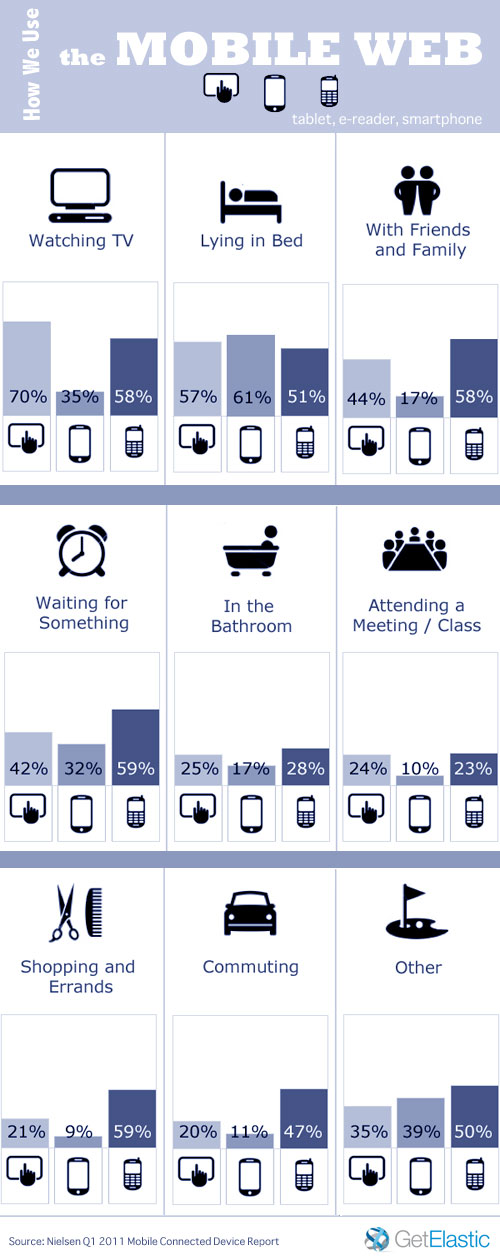
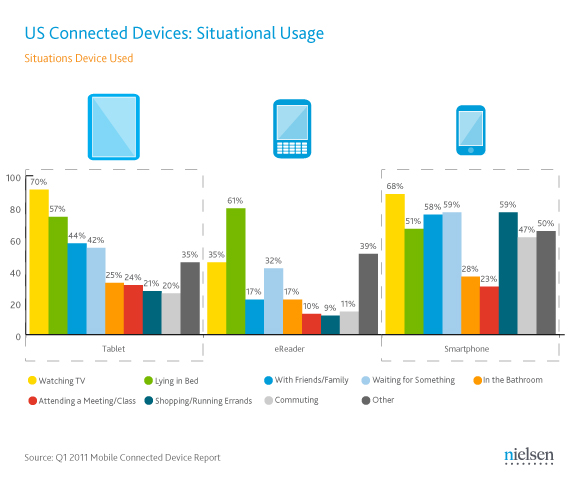
While Watching TV: 70% of Tablet & 68% of Smartphone Owners
Have you ever wondered why the math never seem to add up on these statistical studies on media usage? How can children consume 7.5 hours of media day? 7.5 hours really? Adults consume 2-3 Hours a day online, 3 hours a day on TV, exposed to hour of TV ads. Don’t even get me started on time spend on Youtube, Facebook among other social sites. How does everyone have so much time!? I barely have time to go running (ok so it might be a motivation factor too).
The Answer? Apparently because people are consuming it all at once! 70% watch TV while playing on their tablet. I personally never do such a thing! Mainly because I don’t own a tablet… donations welcome, research purposes of course.
While Lying in Bed: 57% of Tablet, 51% Smartphone, 61% eReader
This seems very reasonable. Reading a ebook in bed perhaps, or in my case, listening to an audiobook in bed until i fall asleep. What is the latest book you are reading? Do you read in bed as well? Seems realistic and understandable… at least way more than…
While Driving: 20% Tablet, 47% Smartphone, 11% eReader!
This is a seriously disturbing statistics. 11% of eReader owners, read their eReader WHILE driving? A free life tip: if you see someone reading a eReader while driving, I suggest you immediately drive away from them. Texting and Driving is bad enough (16% of all fatal crashes are due to texting and driving), but eReaders?!
“Oh I’ll never get into an accident doing this. It’ll never happen to me.” Stop and think. Did any of those people who crashed, perhaps died due to texting think they would do so? I bet NONE of them did, yet it happened.
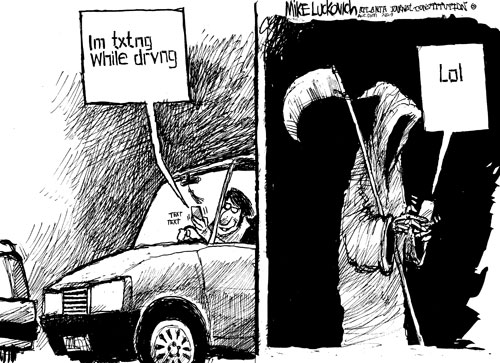
While in the Bathroom: 25% Tablet, 28% Smartphone, 17% eReader
No Comment. I am never touching other people’s smartphones, tablets or eReaders again. Get that thing away from me.
Little Poll for the Weak. Comment for the Strong. Both for the Awesome.
Vote, Comment, Come back in a few days to see the poll numbers.
[poll id=”26″]

Meta, the parent company of Facebook, officially launched Threads, its competitor to Twitter.
Threads has amassed over 100 million sign-ups in less than a week. It’s the fastest launch ever for a social media platform. Everyone from famous brands, celebrities, journalists, and other notable accounts has joined the platform. It’s like a new shiny store has opened and everything is rushing in to see what the hype is about. Will this replace Twitter? Become another social media monster on its own? The timing couldn’t be better as Elon Musk has many twitter users feeling uneasy the social giant seems to move as Elon feels.
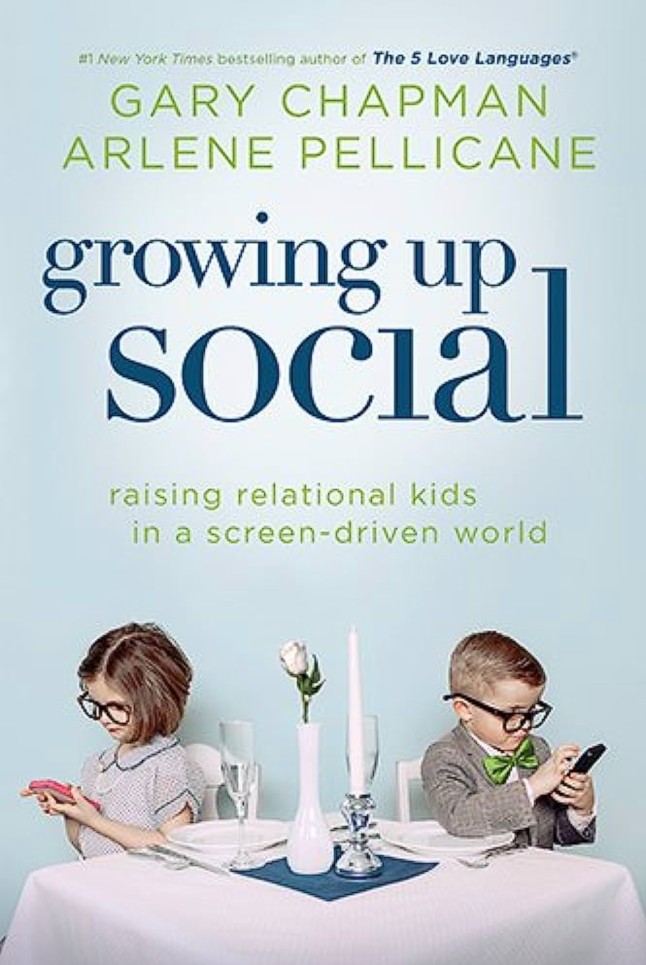
Growing Up Social: Raising Relational Kids in a Screen Driven World.
How is social media influencing the dynamics within your family?
Do digital devices foster closeness or create distance?
While we may all know the right answer, we acknowledge the immense challenge of resisting the pervasive digital era we live in. In a world that is constantly rushing, it becomes incredibly convenient to momentarily occupy a child with a screen, enabling us to attend to household chores, cooking, and the demands of daily life.
One of the more intriguing changes will be the inability of adults to direct message (DM) teenagers (users under 18 years old) who don’t follow them. If an adult tries to DM a teenager who does not follow them, they will be shown a “You can’t message this account unless they follow you” prompt. Teenagers will be shown safety notices when messaging adults they do not follow.

TikTok announced a family-safe feature that allows parents to limit their children’s screen time. This would allow parents to set a time limit for video views. Previously parents could only use this time limit on themselves, but now they can do it for their entire family.
The Family Safe Mode also allows the restriction of inappropriate content as well as restrictions on who they can send direct messages to.
This is now available in UK but plans are to roll this out to other countries soon.
Parents rejoice. Children’s cry. But parenting is parenting.
Enough? Not enough? What kind of screen control would be the most ideal?

This study is a few months old but worth sharing for parents with toddlers.
A study published in the journal JAMA Pediatrics showed a direct association between screen time for toddlers (age 2-3) and their development at age 3-5. Development, in this case, included development in communication, problem-solving, social skills and motor skills.
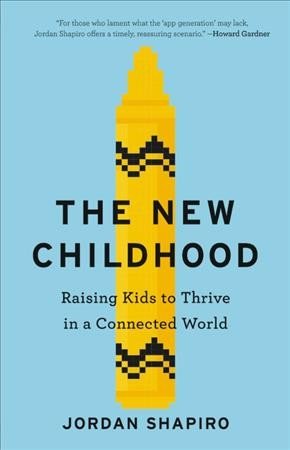 The overuse of technology has overtaken drugs, sex and bullying as the biggest parental worry, according to the annual Brigham Young and Deseret News American Family Survey.
The overuse of technology has overtaken drugs, sex and bullying as the biggest parental worry, according to the annual Brigham Young and Deseret News American Family Survey.
So what should we do about it? Should we limit screen time? Take away their phones?
Jordan Shapiro, a Temple University professor’s suggest something different. In his new book, The New Childhood, his argument is that we’re not spending enough screen time with our kids. “One of the things I suggest in the book is that kids should be starting on social media much younger,” he says. And, play more video games with your kids, too.
After Shapiro’s divorce, he found himself solo parenting two little boys (now 11 and 13) who were obsessed with video games. He started playing the games simply as a way to connect with them… He came to realize that part of his job as a parent was to help his children make sense of their online experiences and teach them how to uphold enduring values in the new world they are living in.
Check out the book here: https://amzn.to/2sSTxM3

The World Health Organization (WHO) announced “gaming disorder” as a new mental health condition in it’s latest edition of the International Classification of Diseases.
Dr. Vladimir Poznyak, a member of the WHO’s Department of Mental Health and Substance Abuse, was the one to propose the inclusion of this diagnosis to the World Health Assembly. Dr. Poznyak said part of the purpose was so health professionals will be more “alerted to the existence of this condition” and can get help as needed.
Gaming disorder has been defined “as a pattern of gaming behavior characterized by impaired control over gaming, increasing priority given to gaming over other activities to the extent that gaming takes precedence over other interest and daily activities, and continuation or escalation of gaming despite the occurrence of negative consequences”.
For gaming disorder to be officially disagnosed, the “behavior pattern must be sufficient severity to result in significant impairment in personal, family, social, educational, occupational or other important areas of functioning and would normally have been evident for at least 12 months”